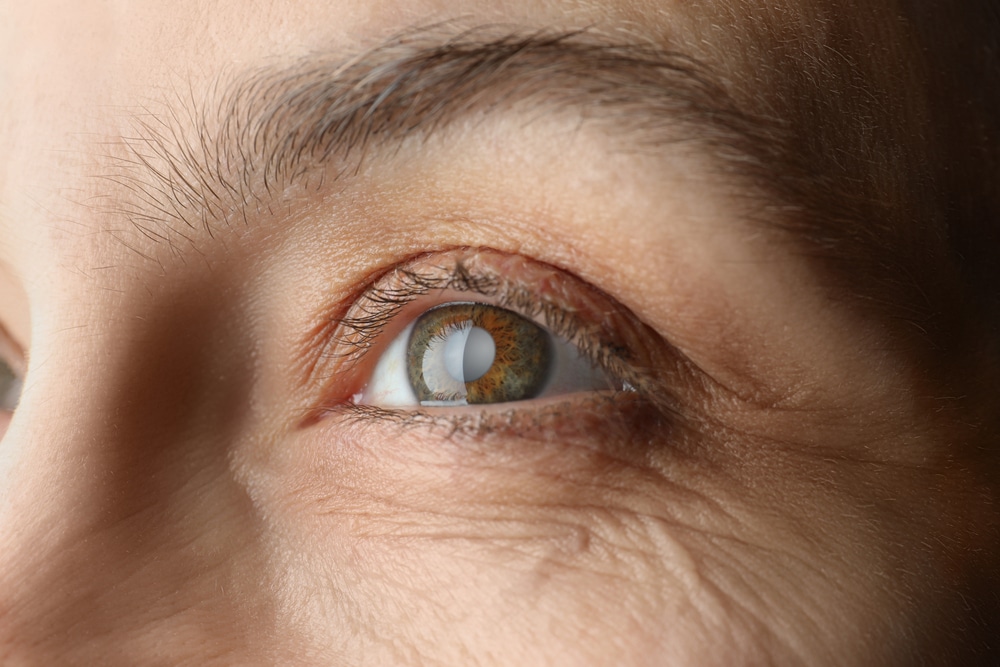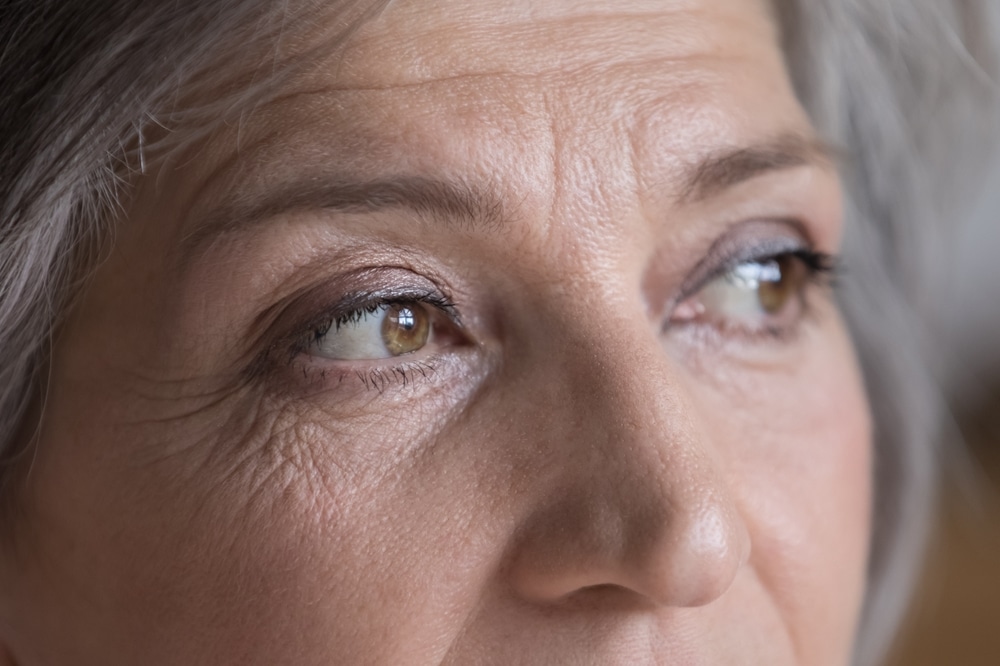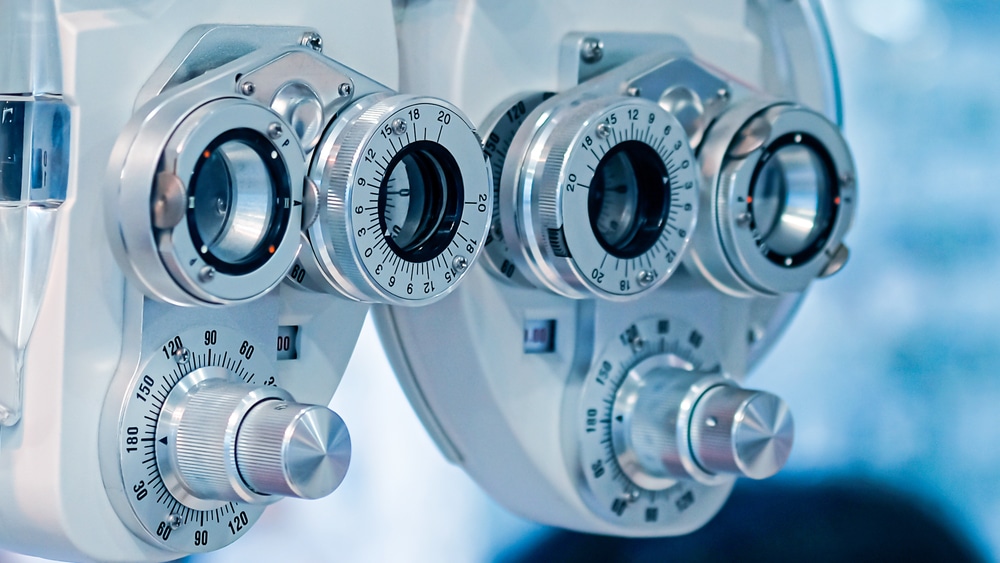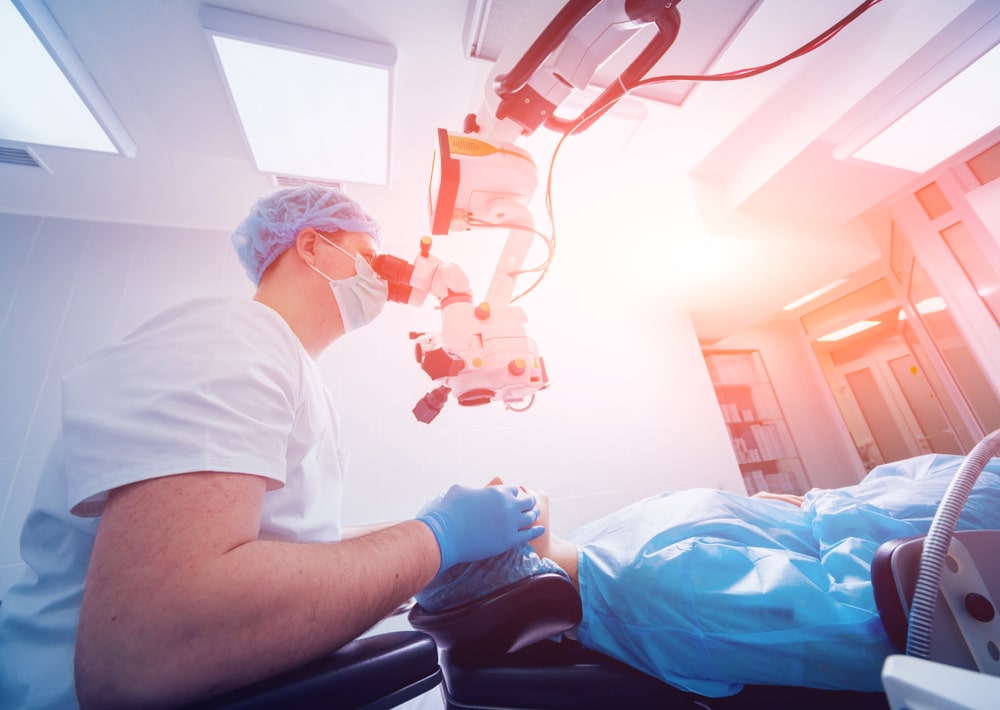Do Cataracts Come with Warning Signs?
- Posted on: Dec 27 2023
Is your vision blurred? Does light from the sun, oncoming headlights, or street lights affect how well you can see?
You may have a cataract. Cataracts typically form as you age, but they can also develop early due to various factors, including eye injury or prolonged sun exposure.
Keep reading to learn more about cataracts, signs you may have a cataract, and how they’re treated!
What are Cataracts?
Cataracts
Looking through a cloudy lens is like constantly looking through a smudged or dirty window. The lens often gets cloudier gradually, making it increasingly more challenging to see.
Left untreated, cataracts may eventually cause vision loss. Cataracts are a natural part of aging.
However, they can also occur earlier in life due to the following risk factors:
- Obesity
- Smoking
- Past eye injury
- Previous eye surgery
- Prolonged use of steroid medications
- Excess exposure to ultraviolet (UV) radiation
- Certain health conditions like high blood pressure, diabetes, autoimmune disorders, or glaucoma
How Do I Know if I Have Cataracts?
Here are common signs of cataracts to look out for:
Blurred Vision
One of the early symptoms of cataracts is blurred vision. When a cataract grows and covers a larger part of your lens, it blocks and scatters light passing through it.
This prevents the formation of clearly defined images on your retina, causing blurred vision.
Halos

When your lens turns cloudy because of a cataract, it could cause light passing through it to diffract. As a result, you may start to notice halos, which can appear in different colors.
Light Sensitivity
Glare or light sensitivity is a common symptom of cataracts. The glare of bright light from the sun and artificial sources like headlights, streetlights, and lightbulbs can cause you to squint or close your eyes. You may also have headaches due to glare.
Additionally, the glare of bright lights can be painful and temporarily blinding. You may find that you rely more on your sunglasses every time you step outside to minimize the effects of glare.
Double Vision
Sometimes, cataracts produce double vision in one eye, where a single image appears as two images. These images can appear on top of the other, side-by-side, or a combination of both.
Poor Night Vision
The blurry vision, halos, and glare caused by cataracts can significantly affect how well you see at night. Combined, these vision problems can make nighttime driving particularly dangerous if you have cataracts.
If you’re struggling to drive once the sun goes down because of hazy vision, halos around lights, and glare from oncoming headlights and streetlights, have someone else drive you instead. This will keep you and others on the road safe.
Frequent Prescription Changes

If you have to change your prescription multiple times within short intervals because of rapidly changing eyes, it’s important to get your eyes checked for cataracts.
How Are Cataracts Treated?
If you have any of the symptoms above, your ophthalmologist can check for cataracts. If you are diagnosed with cataracts, you likely won’t need to have it removed immediately.
Your eye doctor may recommend the following lifestyle adjustments if you have a small or mild cataract:
- Updating your glasses or contacts prescription to help improve your vision
- Using a magnifying glass to see better when reading or performing other up-close tasks
- Wearing polarized sunglasses and a wide-brimmed hat whenever you’re outside to reduce light sensitivity
- Placing lights right behind you directed at the activity you’re doing, like reading, to minimize glare
Cataract Surgery
Cataracts will continue to grow, but often slowly. When your symptoms start to interfere with your everyday activities like reading, driving, and watching TV, then cataract surgery is the best option.
Cataract surgery is the only effective way to get rid of cataracts permanently and restore clear vision. During the procedure, your cataract surgeon will start by numbing your eyes so you will be comfortable.
You’ll remain awake throughout the procedure. Your cataract surgeon may use a laser tocreate a small incision in the eye.
The tiny opening will allow your cataract surgeon to reach the cloudy lens and break it into tiny pieces. Next, all the small fragments will be removed with gentle suction.
Your cataract surgeon will implant an artificial intraocular lens or IOL tailored to your vision needs and lifestyle. There are different types of IOLs.
Some, like the monofocal IOL, can help you see near or far away. Other lens implants c
an provide crisp, sharp vision at all distances–up close, distance, and everything in the middle.
There are also IOLs that can even correct astigmatism or presbyopia. With astigmatism, your cornea is shaped more like a football instead of a baseball.
The uneven curvature of the cornea causes light to be focused at more than one place in the eye. This leads to blurred, distorted vision at all distances.
When you have presbyopia, your eyes lose the ability to see things closely. It’s a gradual, normal part of aging that starts to develop in your early to mid-forties.
Cataract surgery takes about ten to twenty minutes to complete. You won’t be able to drive after your cataract procedure, so be sure to arrange for someone to take you home.
Experiencing Signs of Cataracts?
Frequent eye exams at Jacksonville Eye Center are the most effective way to detect cataracts early and manage them. Once your cataract starts to impact your everyday life, our experienced eye doctors can recommend surgery.
Want to stay on top of any vision changes you’re experiencing? Schedule a cataract evaluation at Jacksonville Eye Center in Jacksonville, FL, today!
Posted in: Cataracts

